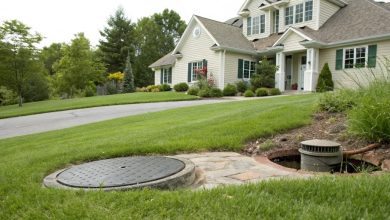An introduction to sash windows
Sash windows can be a charming feature on both modern and period homes. They combine functionality with history and offer clever engineering for practicality.
Sash windows explained
Sash windows have at least one movable panel or sash. These usually slide vertically but can slide horizontally in a frame. They date back to the end of the 17th century and first appeared in grand homes in England. They were common in Georgian, Victorian, and Edwardian properties.
Sash window types
There are single-hung windows, where one sash will move and the other is fixed, and double-hung windows, where both panels slide independently. There are traditional designs using weights and pulleys and more modern spring-balanced options, which use a hidden spring mechanism. The modern sash window will typically use a torsion balance or loaded spring mechanism to replace the traditional weights and cords.
Sash windows and air flow
While an unmaintained or broken window that needs a sash window repair from a company such as https://www.sashwindowpreservation.co.uk/services/sash-window-repair will let in draughts, well-maintained sash windows are great for creating a comfortable interior environment all year round. They can even create energy-efficient, natural breezes during hot weather to avoid the need for AC units, which can damage the environment.
Sash windows create what is known as the stack effect if both panels are open. Warm air will escape at the top, and cool air will be drawn in below. This forms a self-regulating flow of air that can keep interiors cool and fresh. Sash windows can also offer thermal efficiency.
Construction and materials
Sash windows can come with timber, uPVC, or aluminium frames. Timber is the classic choice, but uPVC is a lower-maintenance alternative and can offer more insulation. Of course, uPVC frames may not offer timber’s heritage appeal. Aluminium, meanwhile, is a modern choice and is often chosen for its sleek durability.
When it comes to glazing, single, double, and triple glazing options are available. Gas-filled panes and low-E coatings are also available to keep the period charm whilst maximising energy efficiency.

